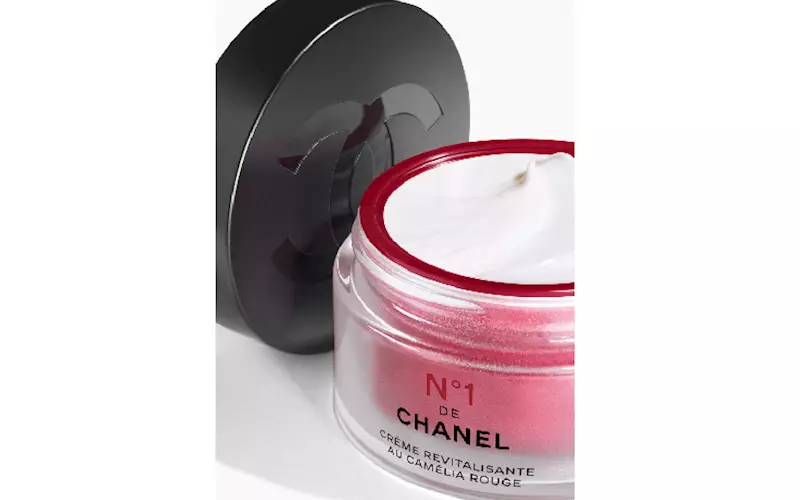Chanel chooses Sulapac for eco-design packaging
The French luxury brand Chanel has adopted sustainable Sulapac materials for its latest collection of fragrance.
18 Feb 2022 | By Aultrin Vijay
French luxury fashion house Chanel has launched an innovative and eco-responsible approach to beauty combining skincare, makeup and a fragrance mist: N°1 de Chanel.
A press note shared with WhatPackaging? stated, “Its formulas honour ingredients of natural origin that are renewable and have reduced environmental impact. They contain up to 97% ingredients of natural origin without compromising effectiveness, safety or sensory quality. The eco-design packaging includes sustainable Sulapac material, and faithful to the House of Chanel’s exacting standards, every detail was considered.”
The full range of packaging for the N° 1 de Chanel is eco-designed and includes lids that contain bio-based materials. “They are the result of a collaboration that began in 2018 between the Chanel Fragrance and Beauty Packaging Innovation Department and Finnish material innovation start-up Sulapac,” it stated.
“The new-generation lid of the N° 1 de Chanel Cream is made of 90% bio‑based materials from renewable resources: FSC certified wood chips that are by-products of industrial side-streams combined with camellia seed shells,” Chanel explained. “It was a genuine technological challenge that has now resulted in several patent-pending applications. Faithful to the House of Chanel’s exacting standards, every detail was considered at length including the sensory quality of the material; its resistance to heat variations; the unique sound of the jar closing; how it feels in the hand; and the depth of the matte satin finish engraved with the iconic double C.”
It took more than 40 trials before Sulapac’s R&D manager, Piia Peltola was able to find the right material recipe. “It has been fascinating to see up-close this level of devotion to the brand feel and its environmental impact,” Peltola said. “Our first big task was to innovate a bio-based material that contains by-product camellia seed shells while making it resistant to heat and moisture. It was just a concept idea when we started.”
“Camellia is inherently hydrophilic material, meaning it absorbs water strongly. Solving this was a great accomplishment from us, and the first time we have incorporated such ingredients in our packaging material in a bespoke way,” Peltola said, explaining the scope of the collaboration.
“By this example we encourage more companies to choose sustainable packaging materials,” says Suvi Haimi, CEO and co-founder of Sulapac. “It was fascinating to combine products such as camellia seed shells and FSC certified wood chips in this unique packaging material.”
“Now, we have proficiency in also utilising other side streams without compromising the functionality of the final product. It helps us to reduce the environmental footprint even further,” Haimi concluded.











 See All
See All